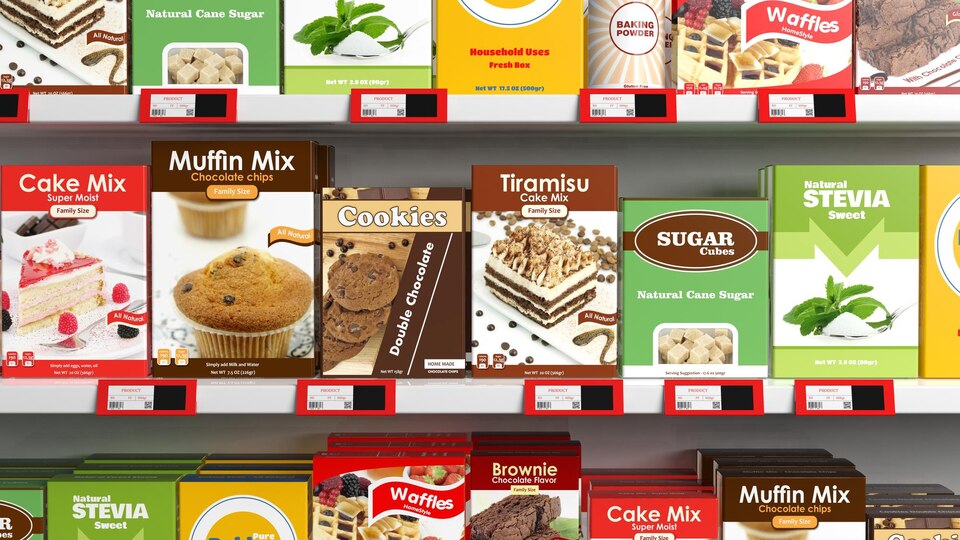
Since 2019, the food market has been worth more than 1 trillion dollars. That value is only expected to grow as more businesses join the thousands of already-established brands worldwide.
The impressive growth of the food market is expected because it’s so easy to enter the industry. Thus, the challenge now isn’t just ensuring the food tastes delicious. It is also about making the customers think it is incredible even before they have tried it.
But how can brands even do that? One effective way to catch the attention of consumers and gain their trust is through a high-caliber food package design.
Factors to Consider When Designing Food Packaging
Designing great food packaging is overwhelming, especially at the start. But to simplify and accelerate the process, you can start by assessing these factors first:
Product Type
Every product demands unique packaging, so you must identify yours so your design suits the type. For instance, if you’re selling a saucy dish, it wouldn’t be wise to wrap it in plain paper, as the sauce weakens that type of packaging.
Brand
You must establish your brand early on. However, know first that it’s not just your name, logo, or tagline. It’s the business’s identity and guides your future decisions.
Thus, injecting some of your personality into your brand is a good idea. Not only is it more appealing to consumers, but it’s also easier to stay dedicated to it. For instance, if you’re a cutesy person, it might be hard for you to maintain a brand with a dark aesthetic.
Target Consumers
Although all humans eat, you can’t just identify everyone as a potential consumer. For effective marketing, it’s best to narrow down to a specific sector and then style the packaging to appeal to them.
For instance, if your food product is intended for teens, you can include pop culture references in your food packaging. Meanwhile, children might prefer bright colors and fun drawings of food items.
Local Label Requirements
Most places require food packaging to meet label requirements to ensure that all essential information is reflected on the packaging. Some of the data that needs to be included is:
- Net weight
- Nutrition facts
- Ingredients
- Allergens/Allergy warning
- Country of origin
- Manufacturing and expiration dates
It’s challenging to make these details conspicuous on the label without disrupting the brand or aesthetic. However, you must work with them because excluding them from your product could result in problems for your business.
Packaging Cost
As tempting as it is to go all-out on your food packaging, you must consider the costs and how they will impact the product’s final price. The fancier, more detailed, and more features a package has, the more expensive the product will be.
If you are targeting an affluent customer base, you can justify higher packaging costs for a more luxurious feel. However, if you want your product to stay budget-friendly, choose the material and design well to minimize expenses.
Practicability, Innovation, and Sustainability
It’s crucial that, besides looking good, your packaging be practical as well. Otherwise, you’ll have to scrap your design or modify it to make it more feasible for the consumer and production.
For example, if you’re running a pop-up coffee shop, your cup holders must perfectly fit the cups you’re using. Otherwise, the drinks won’t fit or slip through the hole, rendering the supposedly convenient packaging useless.
Innovation and sustainability are also becoming more important to modern consumers. Thus, considering them already in your design is in your business’s best interests. One way to do so is to make sure your packaging material is recyclable or biodegradable.
Implementing the Food Packaging Design
Once you’ve assessed all the factors above, you can move on to the more exciting packaging design phase: implementation!
You’ll start by translating your assessments and ideas into a design. A packaging design has many elements, such as typography, nonverbal cues, and a color palette. All those will be chosen based on the factors above.
Then, once you’ve found a design you like, you can produce a few samples for testing. Revise the design based on your testing results. The process ends once you have the packaging. You’d be happy to mass-produce.
Leave a Reply